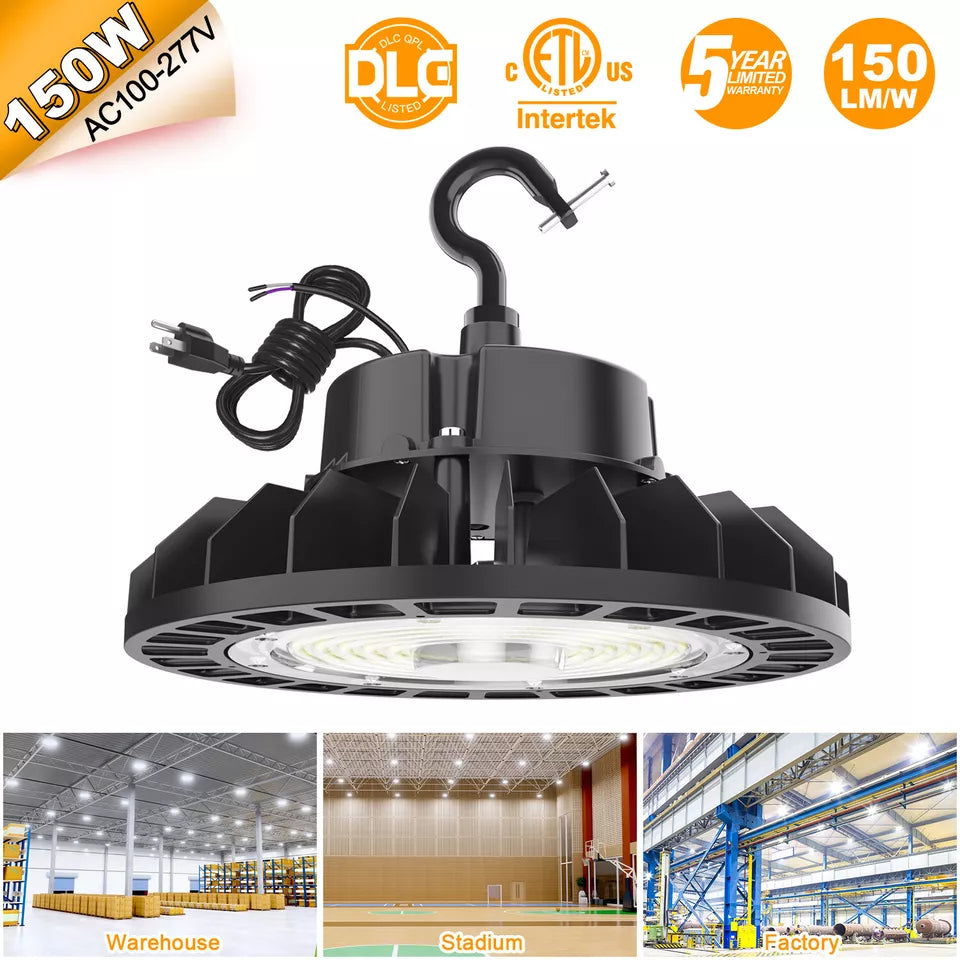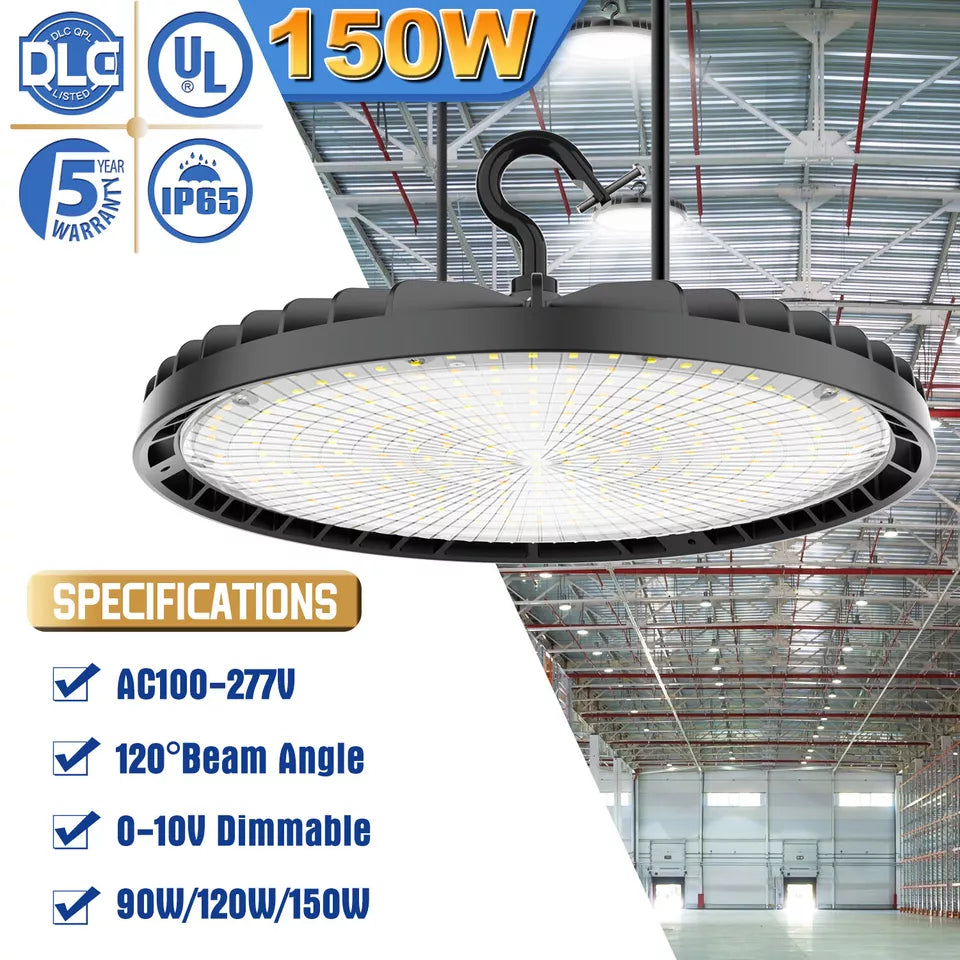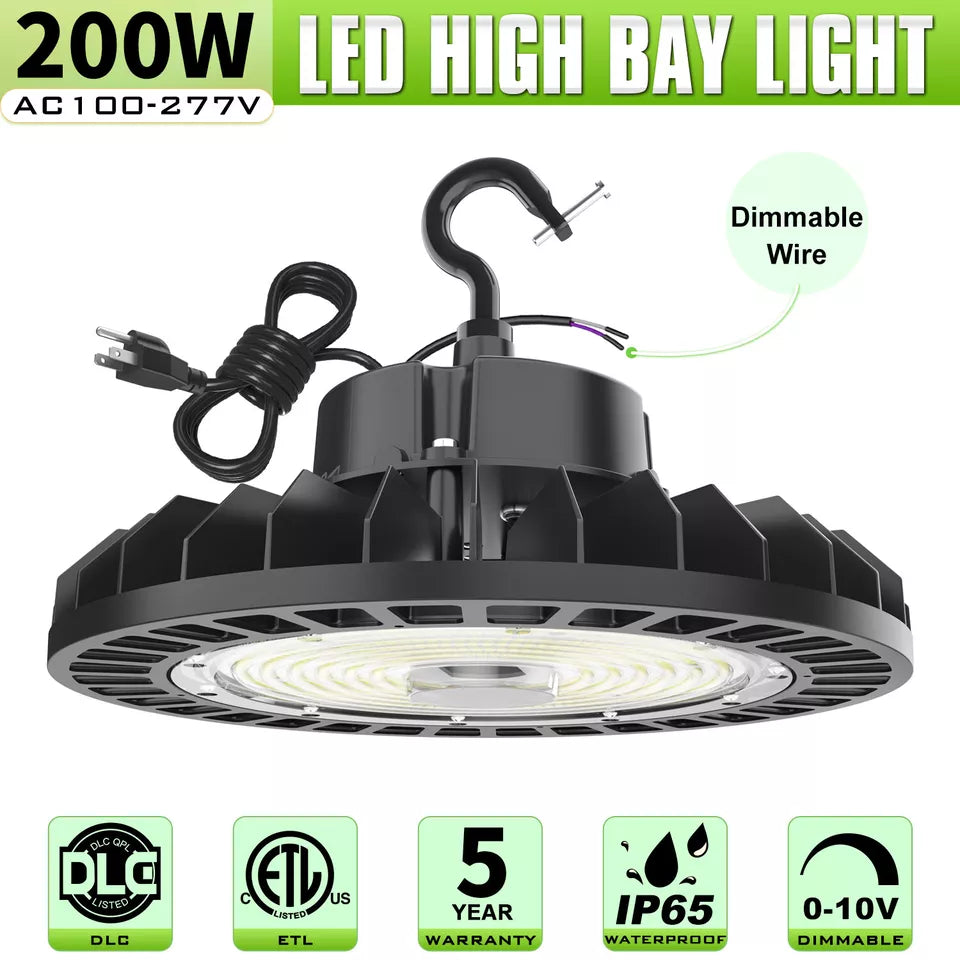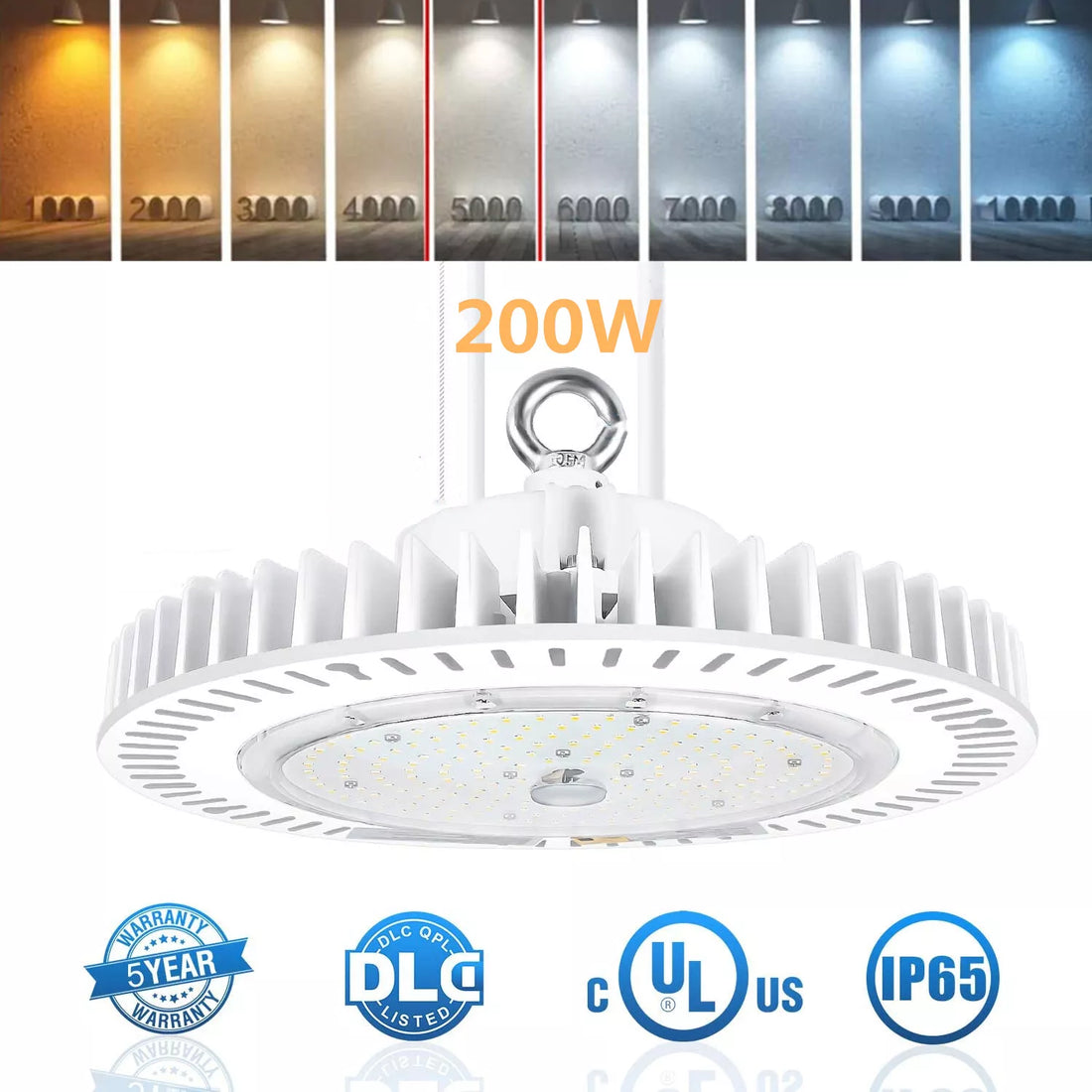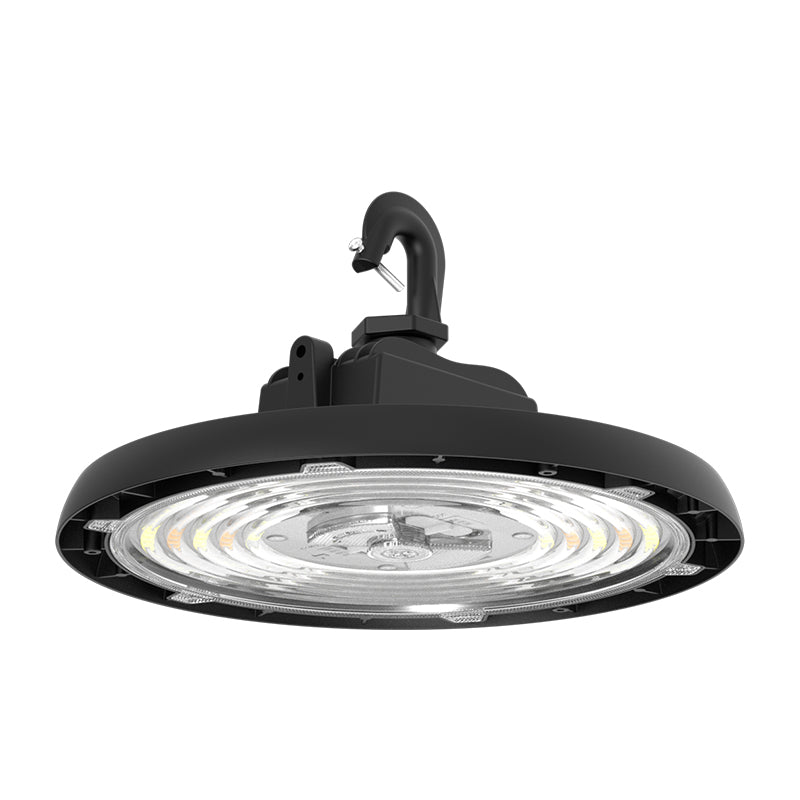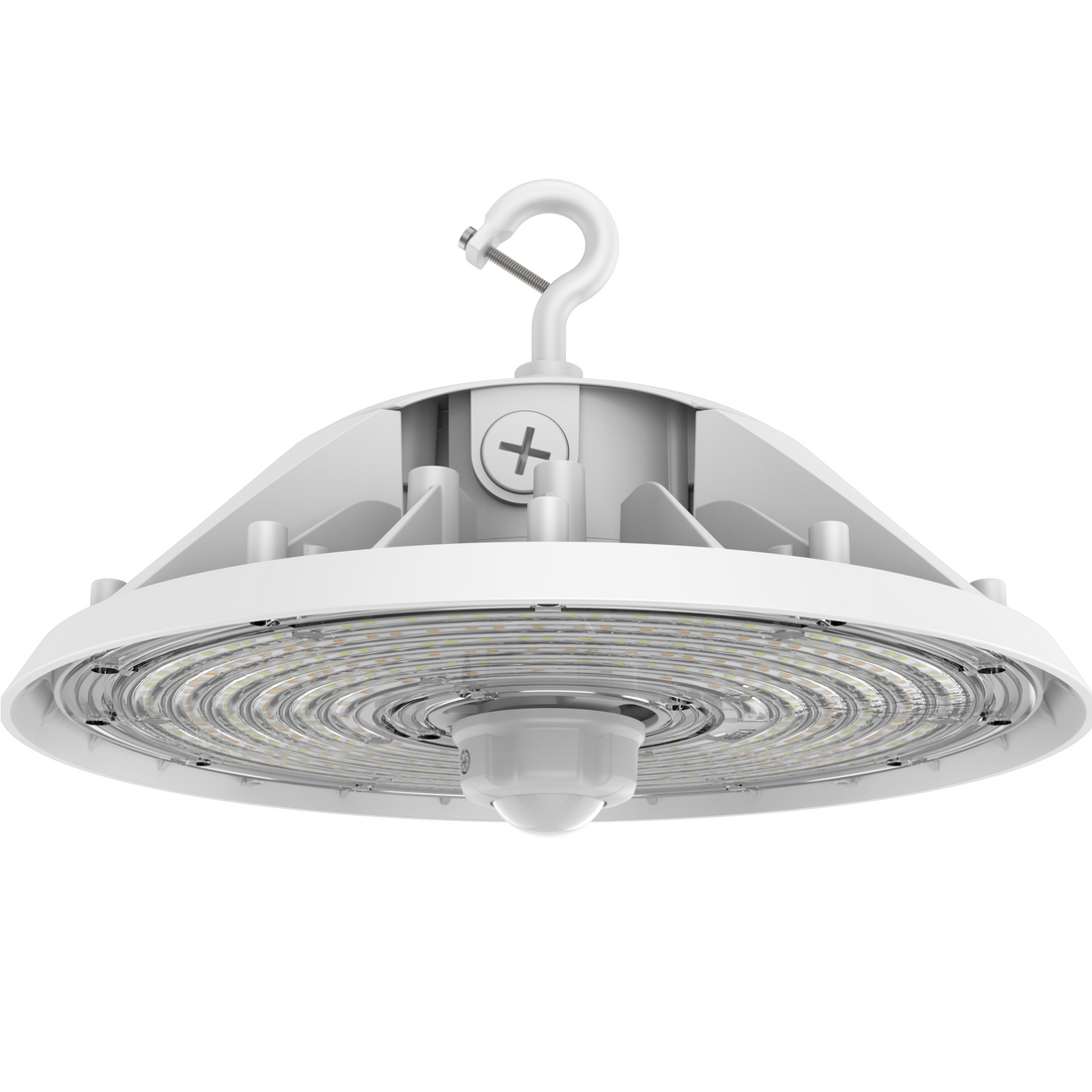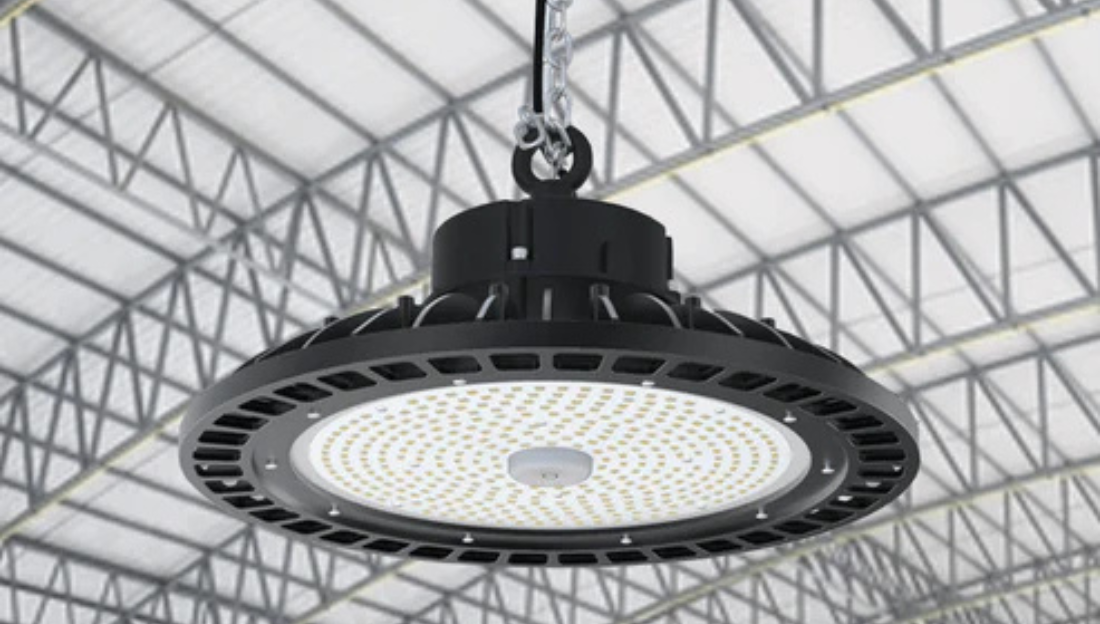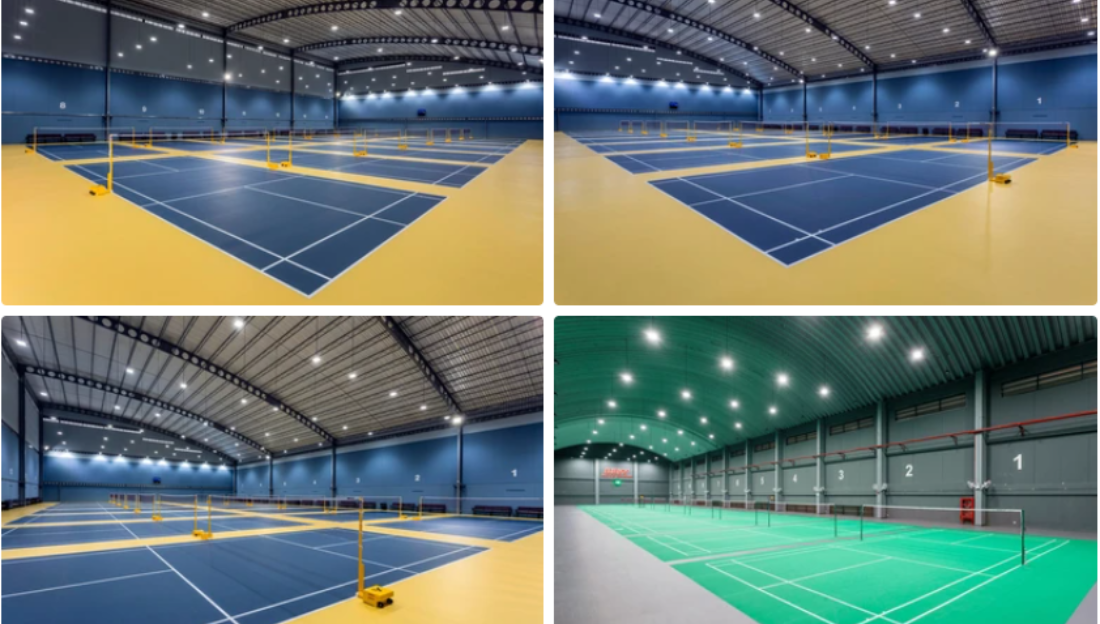LED lights are everywhere—from your bedroom lamp to industrial warehouses and even streetlights! But not all LEDs are created equal. Some last for years, while others flicker, fade, or fail way too soon. So, how do you tell if an LED light is actually good quality?
Don’t worry—you don’t need to be an electrician to figure it out. In this blog, we’ll walk you through the signs of a high-quality LED, explain important technical terms, introduce options like UFO LED High Bay Lights, and answer FAQs to clear up any doubts.
🌟 7 Signs of a High-Quality LED Light
1. Brightness Matches the Wattage (Measured in Lumens)
-
A good LED gives off high lumens per watt, meaning it’s energy-efficient but still bright.
-
Tip: Check the lumens rating. For example, a 10W LED should produce about 800–1000 lumens.
In large spaces like warehouses or gymnasiums, UFO LED High Bay Lights are an excellent choice because they offer extremely high lumen output with lower power consumption—perfect for tall ceilings and wide coverage.
2. Long Lifespan (Look for 25,000+ hours)
-
Premium LED bulbs last 25,000 to 50,000 hours, and industrial-grade models (like UFO High Bay LEDs) often reach the upper end of that spectrum.
-
Always check the warranty—good brands are confident enough to offer 3 to 5 years.
3. Color Rendering Index (CRI ≥ 80)
-
CRI measures how accurately colors appear under the light.
-
For everyday use, a CRI of 80+ is great. For places where color matters (like showrooms or sports facilities), go for 90+.
4. Consistent Color Temperature (Measured in Kelvin)
-
LEDs range from 2700K (warm and cozy) to 6500K (cool daylight).
-
Quality lights stay consistent over time and won’t shift to odd shades.
Pro tip: For high ceiling installations, UFO LED High Bay Lights are usually available in cooler temperatures like 5000K–6000K, ideal for visibility and focus in industrial environments.

5. No Flickering
-
A flickering LED isn’t just annoying—it can strain your eyes or even trigger migraines.
-
High-quality LEDs have stable drivers that eliminate flickering.
6. Good Heat Dissipation
-
Good LEDs don’t overheat. They use aluminum heat sinks or integrated cooling designs.
-
UFO LED High Bay Lights, for example, are designed with efficient thermal management systems to maintain performance in hot or high-use environments.
7. Certifications and Safety Marks
-
Trustworthy LEDs carry proper certification marks:
-
ENERGY STAR (energy efficiency)
-
UL Listed or ETL (safety)
-
CE and RoHS (for international standards and environmental compliance)
-
🧠 Technical Terms to Know (Made Simple)
| Term | What It Means | Why It Matters |
|---|---|---|
| Lumen (lm) | Brightness output | More lumens = Brighter light |
| Watt (W) | Energy consumed | Lower watts = Saves electricity |
| CRI (Color Rendering Index) | Color accuracy | High CRI = Natural-looking colors |
| Kelvin (K) | Color temperature | Warm to Cool white tones |
| Driver | Converts power | Stable driver = No flicker |
| Heat Sink | Cools the bulb | Keeps it efficient & long-lasting |
🏭 What Are UFO LED High Bay Lights?
UFO LED High Bay Lights are round, disc-shaped fixtures designed to light up large, open spaces with high ceilings. Think factories, gymnasiums, warehouses, aircraft hangars, and supermarkets.
Why they rock:
-
Super bright: 100W–240W models can easily replace 400W+ metal halide lights.
-
Durable: Built with aluminum housing and water/dust resistance (many are IP65-rated).
-
Energy-efficient: Save up to 70% on electricity bills.
-
Long lifespan: 50,000+ hours means fewer replacements in hard-to-reach areas.
❓ FAQs: What Everyone Wants to Know
🔹 Q: Are expensive LEDs always better?
A: Not necessarily. Some budget-friendly brands offer solid quality. But very cheap LEDs often skip on safety and performance. Look for certified products and good warranties.
🔹 Q: Can I use UFO High Bay Lights at home?
A: They’re overkill for home use due to their intensity, but they work great in garages, workshops, or barns with high ceilings.
🔹 Q: How do I check if my LED light is flickering?
A: Record it with your phone camera. If you see rolling bands or fast flickering, it’s not flicker-free.
🔹 Q: Is it normal for LED bulbs to get warm?
A: A little heat is fine. But if it gets hot fast, it may lack proper thermal management.
🔹 Q: What’s better—warm white or cool white?
A: Depends on your space! Warm white (2700K–3000K) is cozy, ideal for living areas. Cool white (4000K–6500K) is crisp, great for tasks, workspaces, and high bay areas.
✅ Final Thoughts
A good LED light isn’t just about how bright it is. The real quality is in the details—CRI, flicker-free drivers, stable color temperature, safety certifications, and smart heat management. Whether you're lighting your living room or a massive warehouse with UFO LED High Bay Lights, the same rules apply.
So next time you shop for LEDs, bring this guide with you—your eyes, wallet, and electric bill will thank you.



